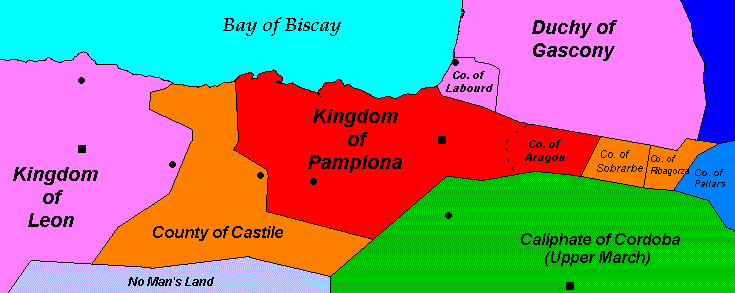From Terra Antiquae (in Spanish).
A new study by the Institute of the Language of Castile-Leon (ILCYL by its Spanish acronym) seems to confirm that the cartulario (book gathering diverse texts from different hands) of the monastery of Valpuesta (today in nothern Burgos province) dated to the 9th century CE represents the oldest document in an archaic Castilian language (now best known as Spanish).
In turn the texts of San Millán de la Cogolla (La Rioja, 11th century), intertwined with texts in Basque, are now generall understood not to be Castilian but Navarrese Romance.
I find the date particularly interesting and intriguing because the 9th century (800-900 CE) is a time of change in the area. While the exact political borders are not well known it is likely that until the 8th century the area belonged to the Duchy of Vasconia and since the 10th century to the Kingdom of Pamplona, later known as Navarre. But little is known of the situation in the 9th century precisely, the date of the various Roncevaux Battles, with Basques, Franks and Moors fighting a tripartite struggle for hegemony (the latter two) or survival (the former). It is also the time of the birth of the Kingdom of Asturias (later Leon), again with very limited and information, often semi-mythical. Castile itself was created as county (in fact the eastern marche) in the middle of this century (c. 850) but its extension is also ill-known before the 11th century, when it was in personal union with Pamplona. At this time it did not include Valpuesta nor any of the other lands of NW Castile, which were only conquered in the 11th century.

Political situation c. 1000 CE
(red=Pamplona, orange=in personal union with Pamplona, pink=under the influence of Pamplona)
(red=Pamplona, orange=in personal union with Pamplona, pink=under the influence of Pamplona)
So one wonders how tightly associated was this Romance dialect, clearly influenced by Basque, as happens with Gascon and Aragonese, with the original County of Castile and how it became eventually the official language of the would-be Kingdom.










No comments:
Post a Comment